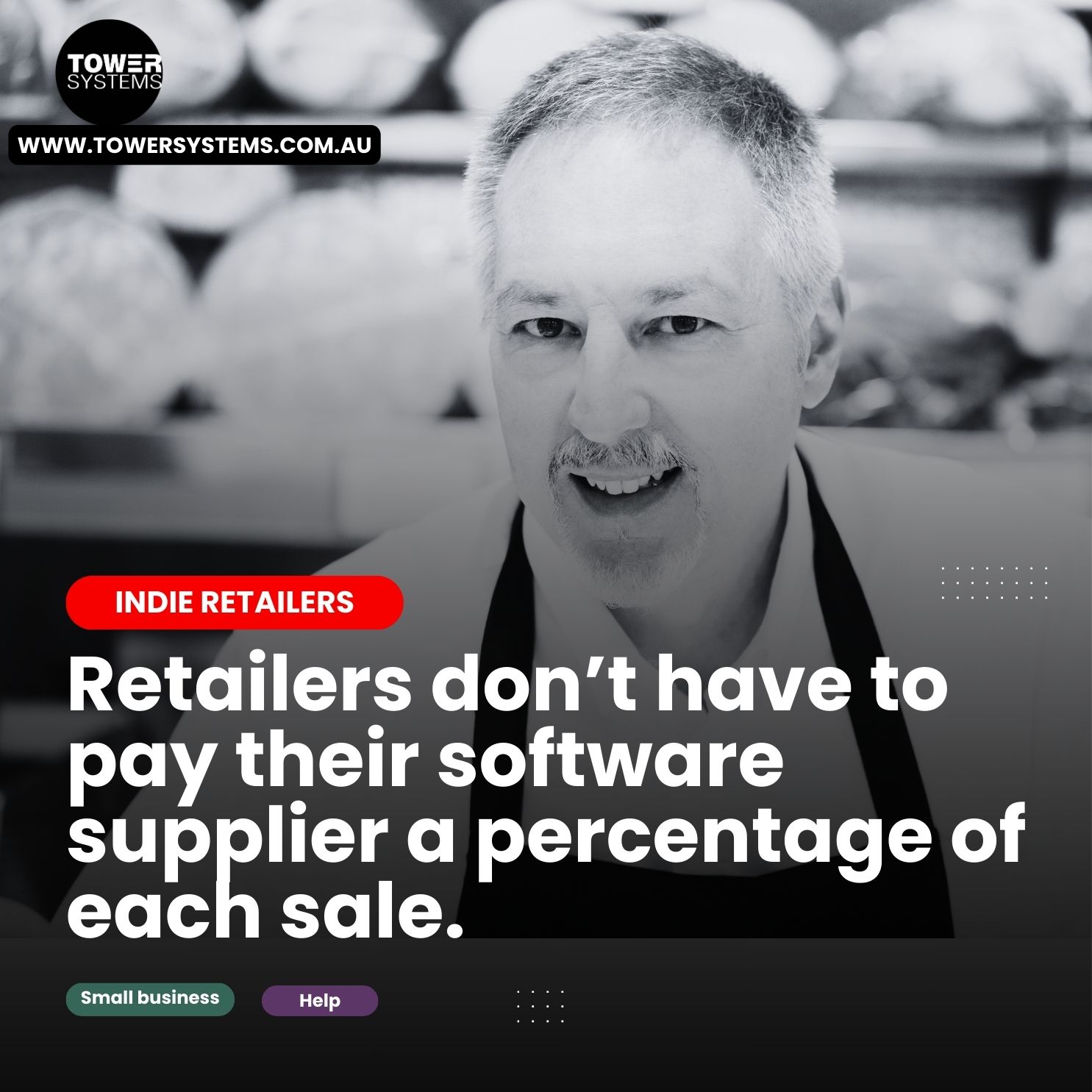Not all POS software helps a retail business grow, let’s put that out there right at the start. Our Tower Systems POS software is focussed on helping retail businesses grow. It has facilities embedded in the software that play into business turnover growth and net profitability that you’ll see in the business profit and loss statement.
Oh, and by growth here we are not talking about chasing scale. rather, we are talking about profitability and growth in the context of a local small retail business. For many, staying small is far more profitable than spending up chasing scale (growth).
Here are some of the ways our Tower Systems POS software helps businesses grow:
Smart loyalty. Our loyalty tools are engaging, easily understood and proven to bring shoppers back more often and nurturing them to spend more. This approach to loyalty makes shopper visits more valuable and therefore more profitable.
Time saved. Our integrated AI tools help retailers reduce rostered hours by eliminating some manual tasks. Our AI innovation has already proven to be bottom-line beneficial in plenty of local retail businesses. Using our Ai tools you can import just about any invoice, generate marketing blog posts and price compare.
Early theft detection. The smart theft mitigation tools in our software have helped many retailers capture irrefutable evidence of theft that has been used to resolve the situation through police or other means. Through data tracking and other security smarts, our software provides business owners secret insights on theft.
Cutting out of stocks. Being out of stock of a product typically costs a shop thousands of dollars a year. We have seen more than half the out of stocks caused by poor oversight on stock ordering. Our software shows the out of stocks and puts a value pin lost revenue. This focusses the attention of the business owner, which leads to resolving the problem.
Better business decisions sooner. Thanks to smart insights in our constantly curated insights dashboard retail business managers are able to make evidence-based business decisions faster than through old processes. Evidence-based business decisions tend to be better decisions for a retail business.
Targeted marketing. By reaching out to customers based on past purchases allows a business to finely target customers and this can bring them min sooner for more purchases.
Cutting keystrokes. Our POS software is tuned to eliminate some manual processes and with them unnecessary keystrokes. Every keystroke we eliminate is a possible mistake eliminated as well as a millisecond of time saved.
This is not a complete list. rather, it is a snapshot of how our Tower systems POS software can help a local small retail business grow revenue and improve net profit.
Can we help you?


Recent Comments